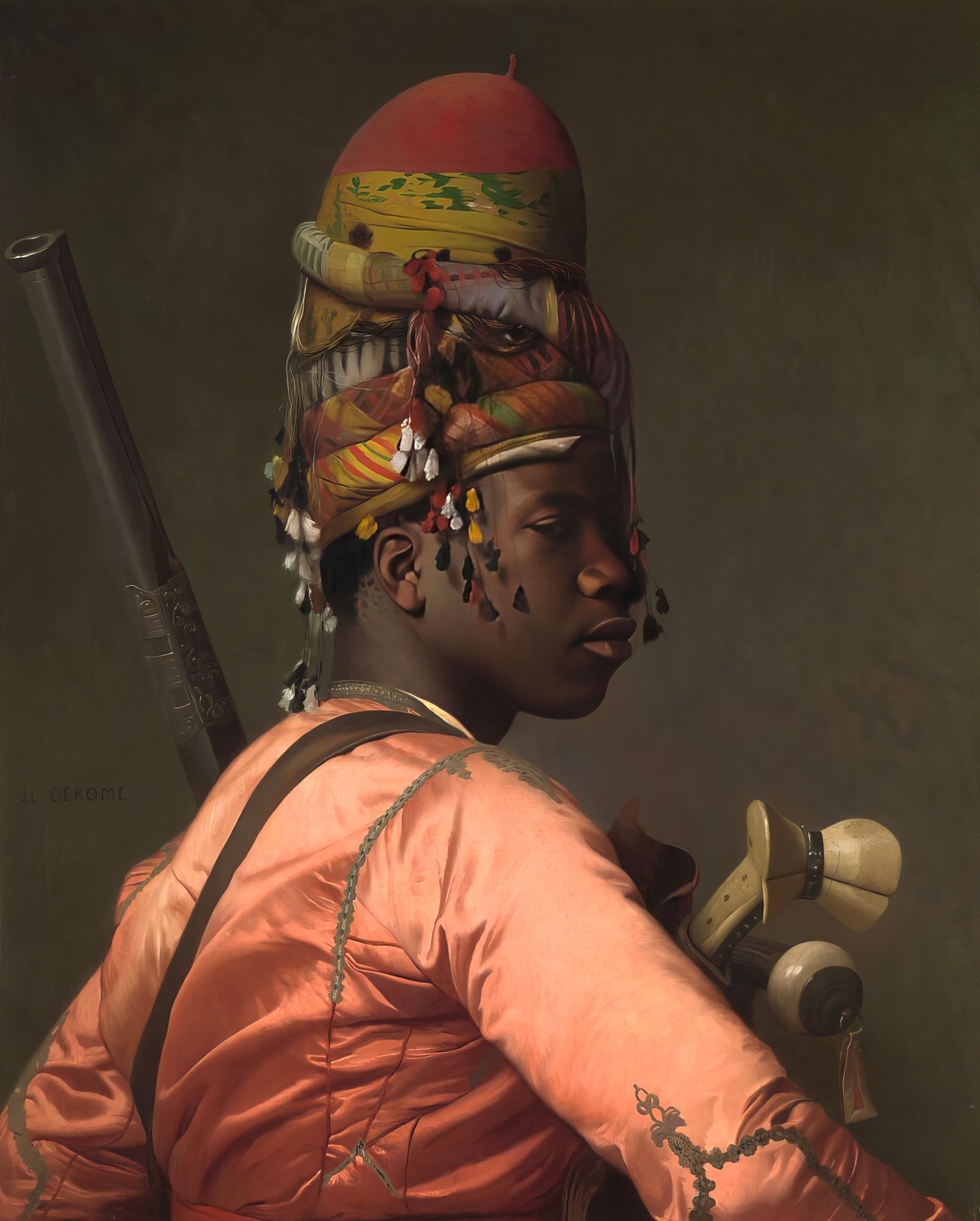Academic Art: 10 Artists You Should Know
Academic art was a reaction to the perceived excesses of the Baroque and Rococo movements. It sought to return to the classical ideals of ancient Greece and Rome, emphasizing balance, harmony, and technical prowess. This art form found its institutional home in academies, such as the Académie des Beaux-Arts in Paris, which played a pivotal role in defining and promoting academic principles.
After its emergence in the 1600s, academic art as a movement reached its zenith in the 1800s and played a pivotal role in shaping the course of art history. Characterized by its emphasis on rigorous technical skill and adherence to classical principles, this style found its champions amongst renowned artists like William-Adolphe Bouguereau, Fredric Leighton, Albert Moore, Jean Dominique Ingres, Jacques Louis David, J.W. Godward, Pietro Annigoni, Jean-Léon Gérôme, Alexandre Cabanel, and Lawrence Alma-Tadema.
William-Adolphe Bouguereau: A Master of Realism
Bouguereau is perhaps one of the most renowned proponents of academic art. His meticulously executed paintings, often depicting mythological and allegorical subjects, showcase his extraordinary technical ability. Works like "The Birth of Venus" and "Nymphs and Satyr" exemplify his mastery of realism, presenting lifelike figures and a keen attention to detail.
Fredric Leighton: The Painter of Classical Beauty
Leighton, an English artist, was a prominent figure in the 19th-century academic art scene. Works like "Flaming June" and "The Fisherman and the Syren" epitomize classical themes and a profound sense of beauty. His paintings are celebrated for their graceful compositions, harmonious color palettes, and careful rendering of form.
Albert Moore: A Symphony of Form and Color
Moore's art is marked by its exploration of color theory and the interplay of form. Compositions such as "Midsummer" and "A Quartet," are characterized by their harmonious use of color and intricate arrangements of figures. Such an innovative approach to color and form had a profound influence on subsequent generations of artists.
Jean-Auguste-Dominique Ingres: The Grand Master of Line
Ingres was a champion of the linear style, which placed a strong emphasis on precise draftsmanship. "Portrait of Monsieur Bertin" and "La Grande Odalisque," are renowned for their scrupulous attention to detail and elegant use of line.
Jacques Louis David: Revolutionary Realism
David was a key figure in the Neoclassical movement, known for his powerful depictions of historical and mythological subjects. "The Death of Sardanapalus" and "Napoleon Crossing the Alps" are characterized by their dramatic compositions and painstaking attention to historical accuracy. David's commitment to depicting reality with unflinching precision defines his artistic approach and legacy.
Alexandre Cabanel: Masterful Elegance and Grace
Cabanel, a French artist, was acclaimed for his portraits and historical scenes. Iconic works like "The Birth of Venus" and "Cleopatra Testing Poisons on Condemned Prisoners" are marked by their refined elegance and impeccable technique. Cabanel's ability to infuse his subjects with a sense of ethereal beauty profoundly influenced the academic art movement and beyond.
Lawrence Alma-Tadema: The Poet of Antiquity
Alma-Tadema, a Dutch-born British artist, was admired for his diligent reconstructions of ancient Roman and Greek life. "The Roses of Heliogabalus" and "The Finding of Moses" are renowned for their archaeological precision and evocative storytelling. Alma-Tadema's dedication to historical accuracy and his ability to transport viewers to a bygone era, continue to captivate audiences today.
Jean-Léon Gérôme: Romantic Realism
Jean-Léon Gérôme, a luminary of Romantic Realism, transported audiences to distant lands and ancient times through his perfectionistic and vivid paintings. Notable works like "The Snake Charmer" and "Pygmalion and Galatea" showcase his extraordinary talent in capturing the intricacies of diverse cultures and historical settings. Gérôme's dedication to narrative and detail remains a hallmark of his enduring influence.
John William Godward: The Exacting Classicist
John William Godward, a meticulous classicist, is celebrated for his masterful depictions of ancient Greece and Rome. "A Quiet Pet" and "The Tease" exude a refined elegance and attention to detail. Godward's works transport viewers to a bygone era, capturing the essence of classical antiquity with unparalleled precision and grace.
John Singer Sargent: The Poetic Realist
John Singer Sargent, a distinguished American art figure, is hailed for his remarkable ability to capture the essence of his subjects with a poetic realism. Classic paintings like "Madame X" and "The Daughters of Edward Darley Boit" exhibit a profound understanding of light, form, and character. Sargent's artistry transcends mere representation, delving into the nuances of human expression and individuality.
















